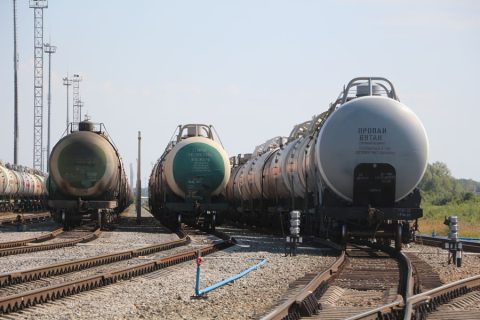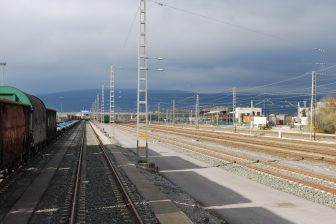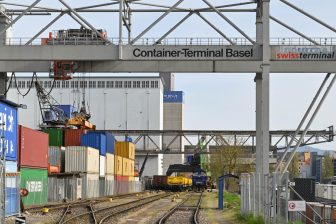
A rail route in Russia was reopened to send LPG to Turkey
Sibur, Russia’s largest producer and exporter of liquefied petroleum gas (LPG), resumed rail transportation between Tobolsk and the Russian port of Taman after a four-year hiatus. This new initiative will see significantly more Russian LPG being sent to Turkey via the Black Sea for the North African market rather than to Scandinavia and northwestern Europe.
Sibur has an LPG facility in Tobolsk, north of the Russian border with Kazakhstan. From there, the liquefied gas is loaded on the rail and sent to Taman, where it will be shipped to Turkey via the Black Sea. This service was discontinued in March 2019, according to Reuters, and was reinstated because the route is considered more efficient.
Shipping via Taman is cheaper and faster
Sending LPG to Turkey via the Black Sea is quite cheaper for Sibur when compared to sending it via the port of Ust-Luga, near Estonia. The Russian company is expected to save between 80 and 100 euros per ton on freight costs by sending LPG via the port of Taman. This route is also quite faster than the alternative. A trader told Reuters that “tankers from Ust-Luga to Turkey sail two-three weeks one way, while in the case of shipments from Taman, it will be from three to seven days”. Just for the month of February, almost 7,000 tons of LPG have already been transported by Russian Railways between Tobolsk and Taman. For the month of March, Sibur plans to reach 19,100 tons of LPG being moved on this route.
Export netbacks, the sale price minus the costs associated with getting the product to market, is also significantly better when shipping through Taman instead of Ust-Luga. Export netbacks via the port on the Black Sea have in fact doubled compared to rail export to Poland and increased by six or seven times compared to the domestic Russian market. This was due to rising FOB quotations in the Black Sea ports. FOB quotations indicate that the selling price of the goods includes delivery at the seller’s expense only up to a specified point.
Also read:




